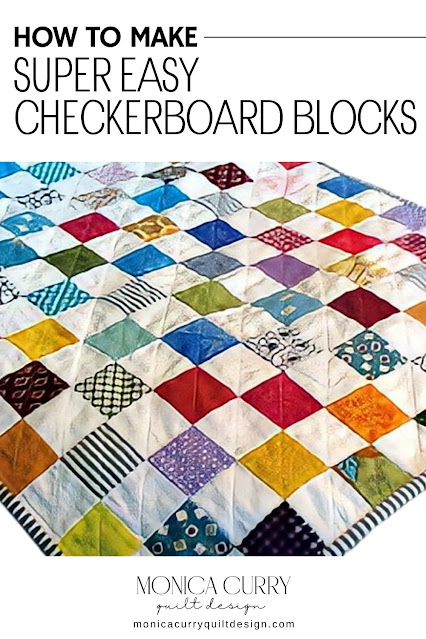How to Make Multiple Half Square Triangles

Make your HST blocks faster with these two simple methods for making multiple HST squares. 4-in-1 HSTs Instructions Place squares right side facing. Stitch 1/4 inch around the outside of the squares. Make pencil lines dividing the squares from corner to corner. Cut along these two lines. Flip HST and press. Square Up if necessary. 8-in-1 HSTs Instructions Place squares right side facing. Draw a line from corner to corner. Stitch 1/4 inch away from the lines you drew. Make pencil lines dividing the squares in four parts. Cut along these two lines. Cut from corner to corner being careful not to cut the stitch line. Flip HST and press. Square Up if necessary.




